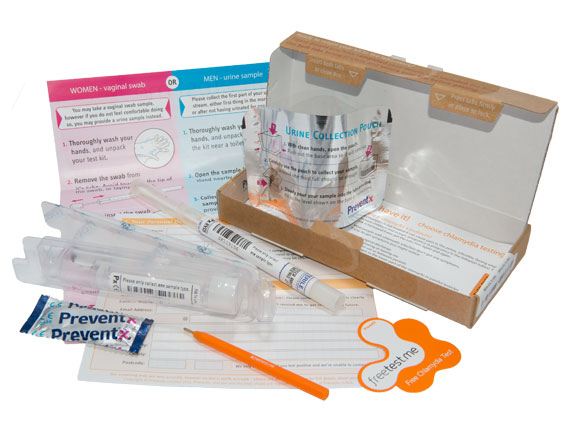

Washington D.C.: American Association for Clinical Chemistry c2001–2019. Department of Health and Human Services Protect Yourself + Protect Your Partner: Chlamydia.


The clean catch method generally includes the following steps: During a urine test, you will be instructed to provide a clean catch sample. If you're a man, your health care provider may use a swab to take a sample from your urethra, but it is more likely that a urine test for chlamydia will be recommended. If you do the test at home, be sure to follow all the directions carefully. Ask your provider for recommendations on which kit to use. You may also be offered the option of testing yourself at home using a test kit. If you are a woman, your health care provider will use a small brush or swab to take a sample of cells from your vagina for testing. Your health care provider may order a test if you experience symptoms such as: Some people with chlamydia will have symptoms. In addition, chlamydia testing is recommended for: Using condoms inconsistently or incorrectly.Women over the age of 25 with certain risk factors, which include:.Sexually active women under the age of 25.These recommendations include yearly chlamydia tests for: Many individuals with chlamydia don't have symptoms, so the CDC and other health organizations recommend regular screening for groups at higher risk. Chlamydia is especially common in sexually active people aged 15 to 24. The Centers for Disease Control and Prevention (CDC) estimates that more than two and a half million Americans are infected with chlamydia every year.


 0 kommentar(er)
0 kommentar(er)
